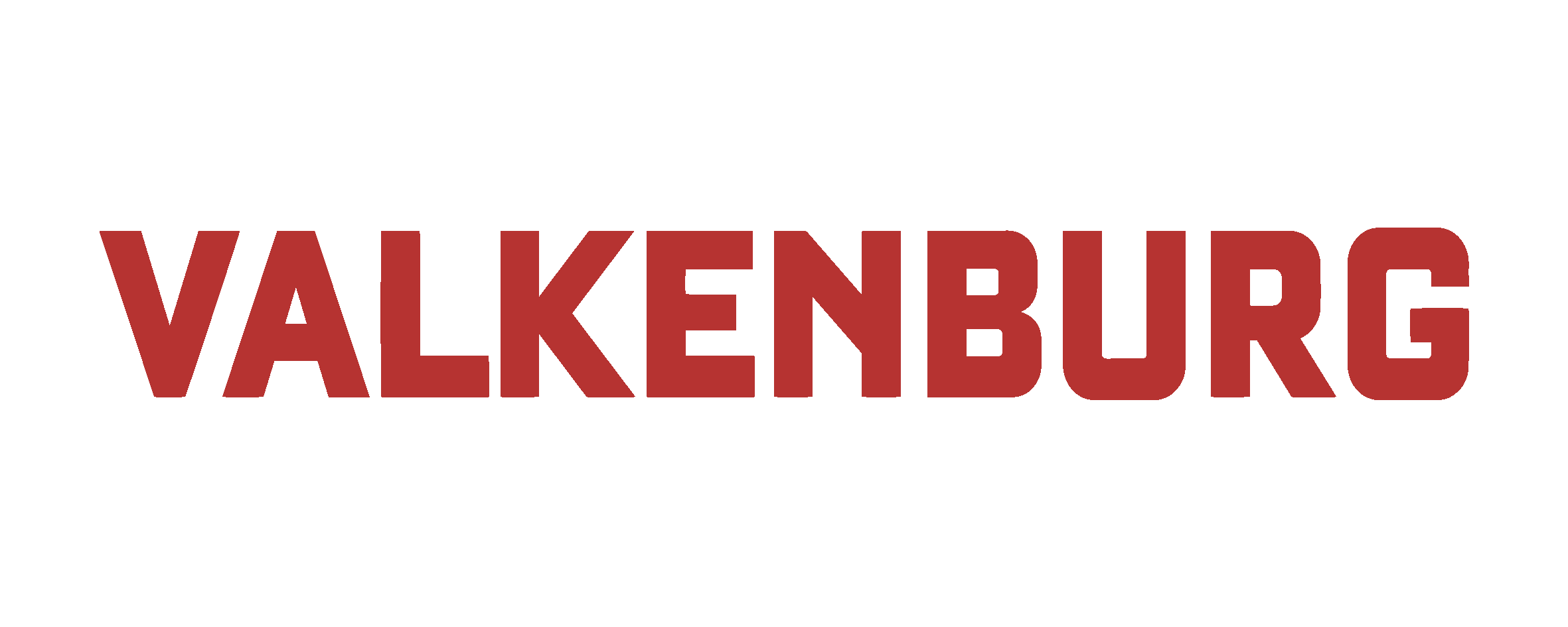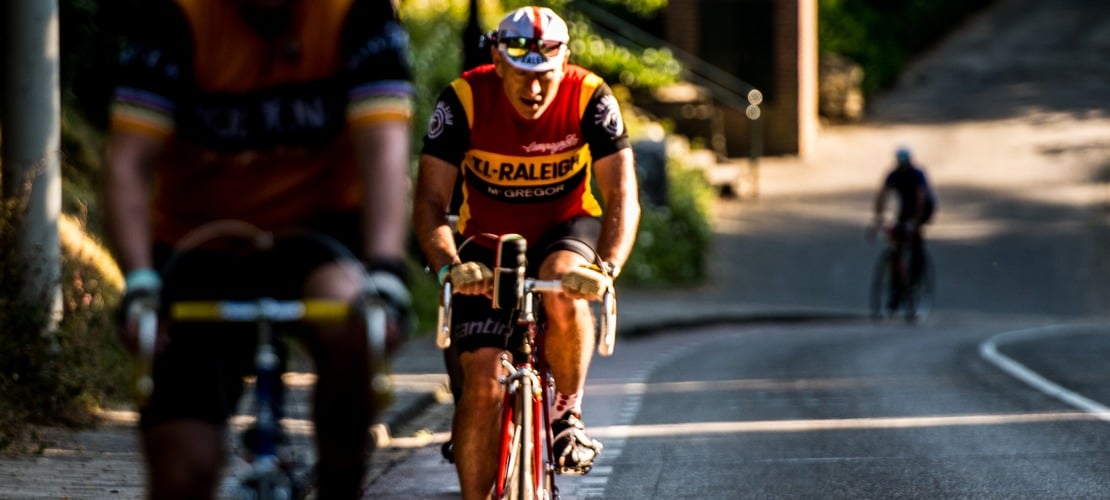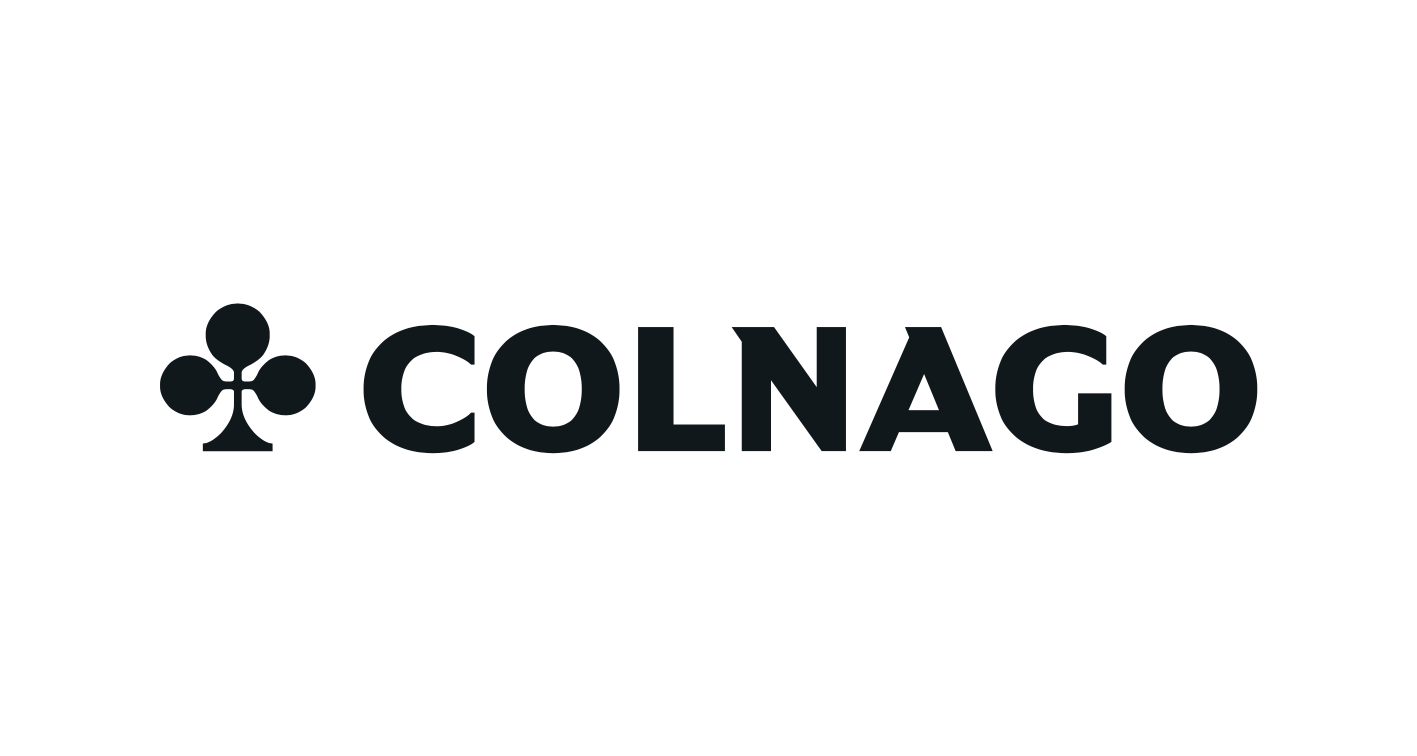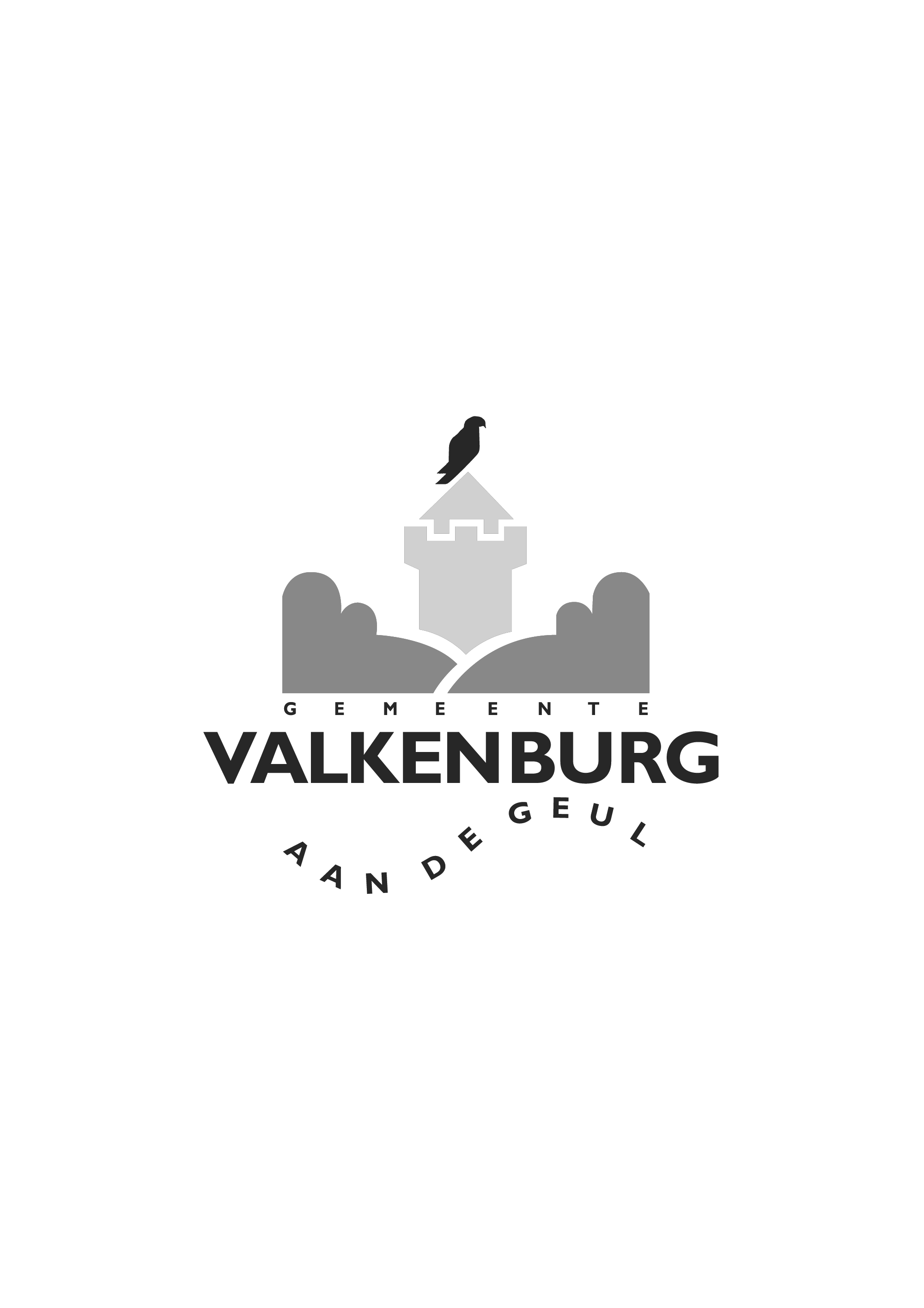L’Eroica started in 1997 because of one man, Giancarlo Brocci, who admired the values of the heydays of cycling so much that he wanted to reconnect others to the heritage that inspired much of Italian history, literature, culture, and music.
L’Eroica was also began as a foundation for the protection and preservation of the last gravel roads in Tuscany. These romantic concepts led to the idea of L’Eroica, an event that initially saw 92 “hunters of feelings and emotions”, as the creator Giancarlo Brocci defines them cycling the gravel roads of Tuscany back in 1997.
LIMBURG: THE DUTCH CYCLING MECCA
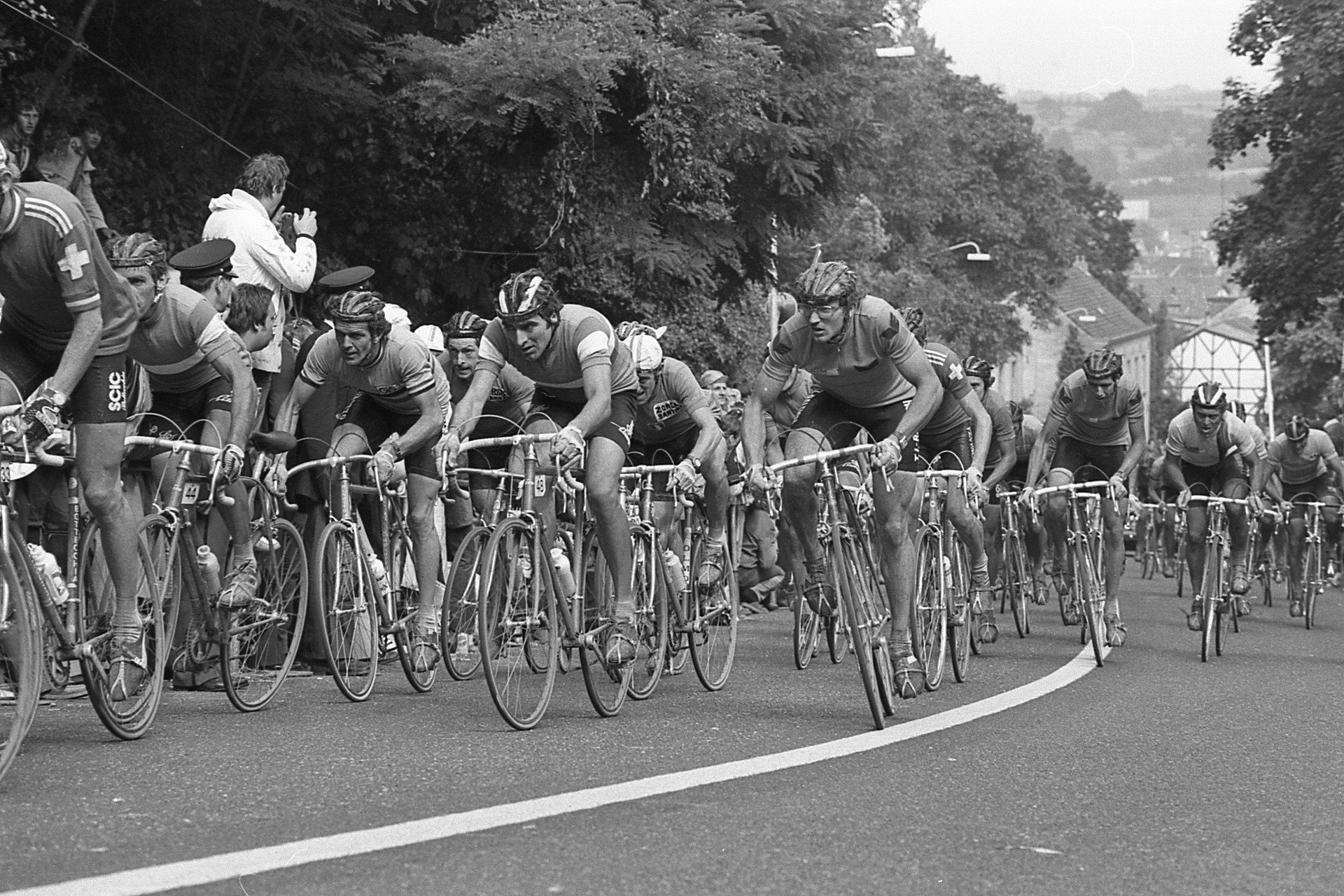
The Province of Limburg is inseparably linked to cycling, which is firmly rooted in the community of this province. Limburg can be regarded as the Dutch cycling mecca – in Maastricht a ‘speed test on wooden vélocipèdes’ was held in September 1869. This was almost certainly the very first cycling race in the Netherlands.
A few decades later Mathieu Cordang would write history as the first world champion from Limburg. In 1895 the racing cyclist from the village of Blerick won the world championship for amateur Track Cycling in Cologne. In Limburg you can sense the passion for cycling. People are not only proud of their own pro cyclists but also of the routes on their own soil. Since the start of the 20th century the rolling and hilly landscape has been the scene of countless thrilling cycling challenges.
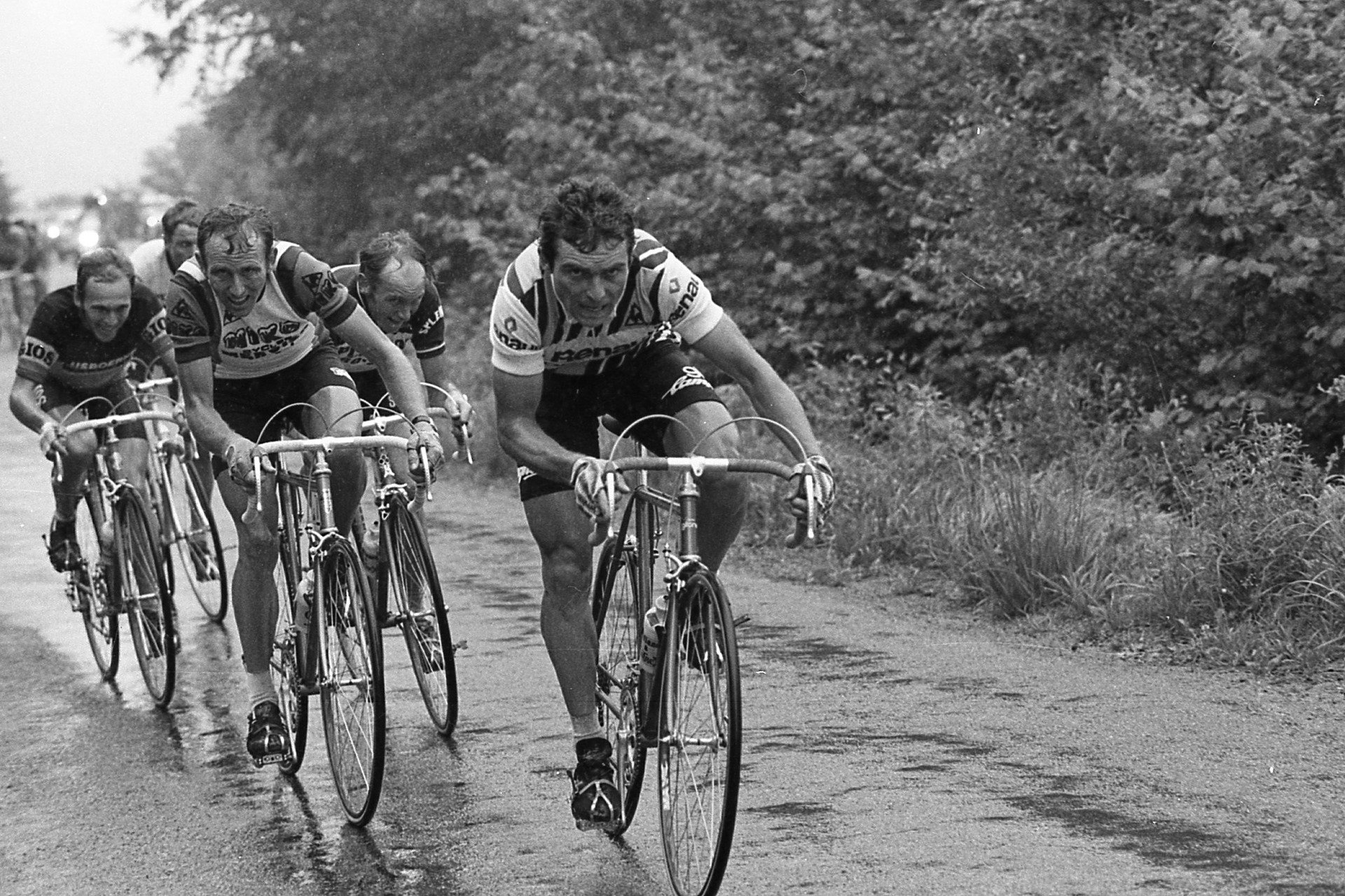
Limburg as cycling ground is the venue for many major competitions in the Netherlands. Countless Dutch championships have been, and are still, played out here. Moreover, every year the Eneco Tour, Olympia’s Tour, Binck Bank Tour and Boels Ladies Tour hold their most important and most gruelling stages in this province, located on the borders with Germany and Belgium. The Ronde van Limburg and the Volta Limburg Classic are other major classics, with the Amstel Gold Race as the absolute jewel in the crown. The Pro Tour classic, which starts in Maastricht and finishes just beyond the Cauberg in Valkenburg, is regarded as the Netherlands’ international cycling showpiece. Even the world’s most important stage race, the Tour de France, has finished in Limburg three times: in 1969 in Maastricht, while in both 1992 and 2006 Valkenburg was the successful host of an unforgettable Limburg Tour celebration, attended by hundreds of thousands of spectators from the Netherlands and abroad. And in 2009 the Tour of Spain passed through the province, with the North Limburg town of Venlo as stage venue.
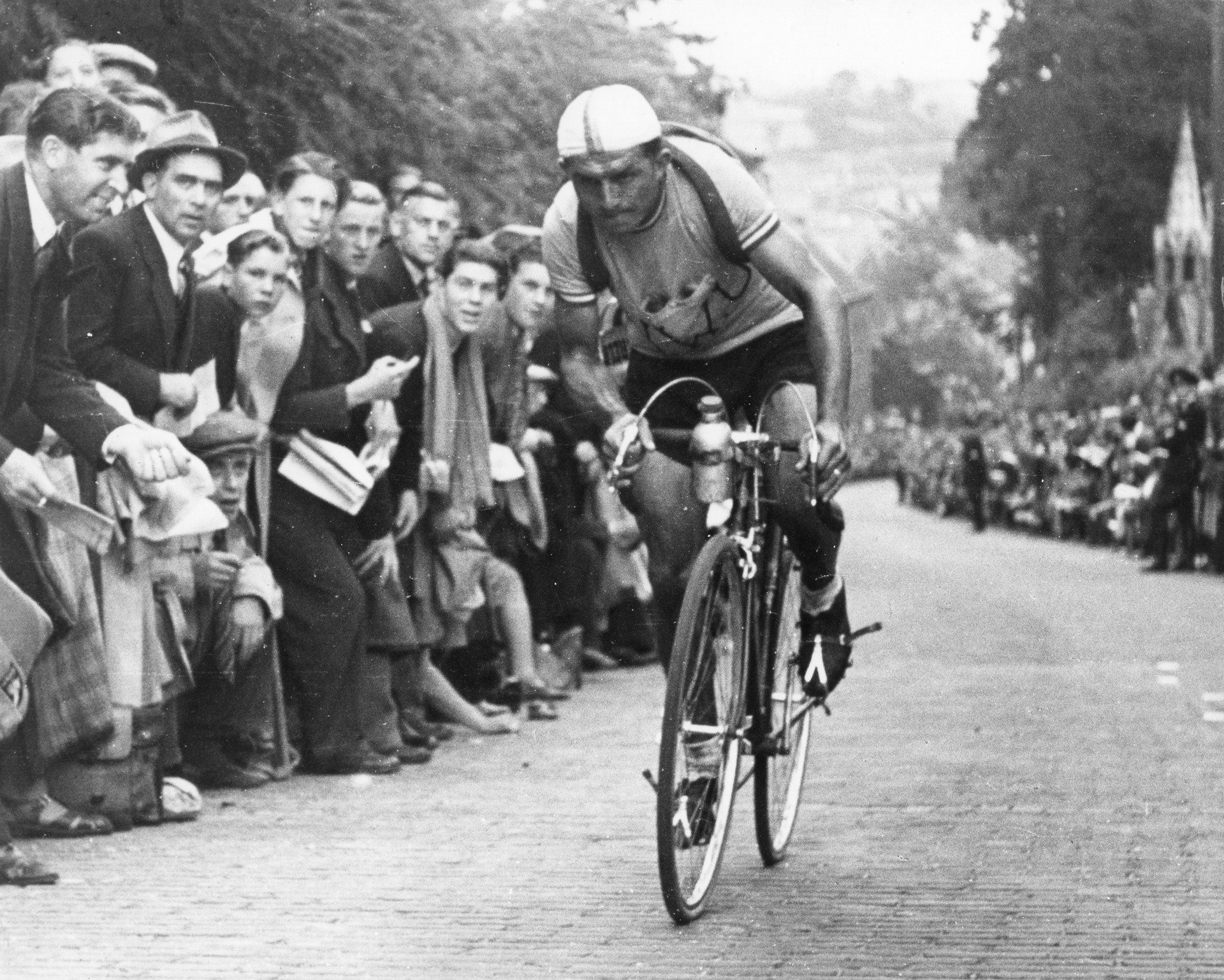
Last but not least, the Province of Limburg has been selected no less than six times by the UCI for Road cycling World championships. Indeed, the southernmost Dutch province holds a special place in the rich history of the UCI Road cycling World Championships. Heerlen was once the venue for the championships, and in 1967 Eddy Merckx won the first of his three professional world championship titles here. The World Championships have played out no fewer than five times on the famous Cauberg in Valkenburg aan de Geul: 1938 (Marcel Kint), 1948 (Briek Schotte), 1979 (Jan Raas), 1998 (Oscar Camenzind) and in 2012 (Philippe Gilbert). That’s a world record. So Valkenburg has every reason to proudly present itself as the World Cycling Capital.

